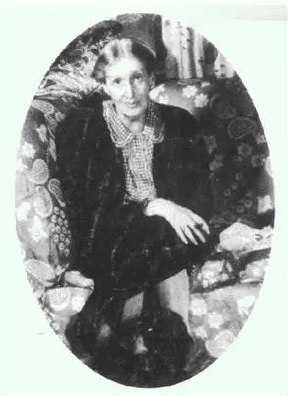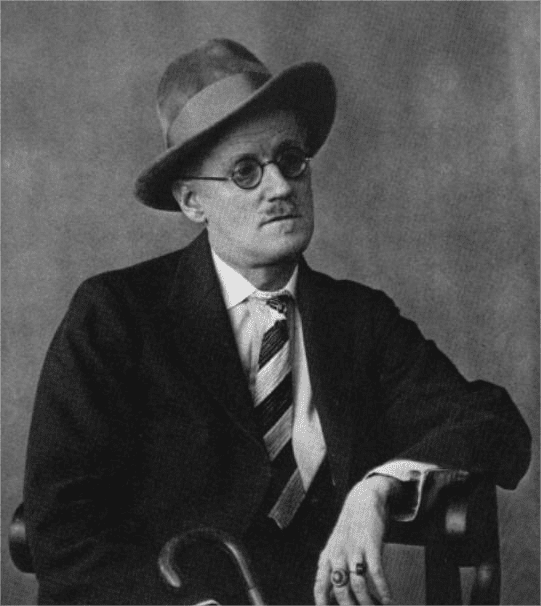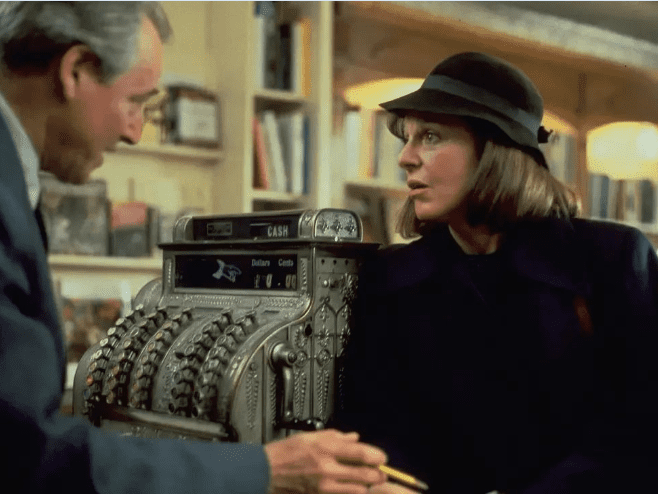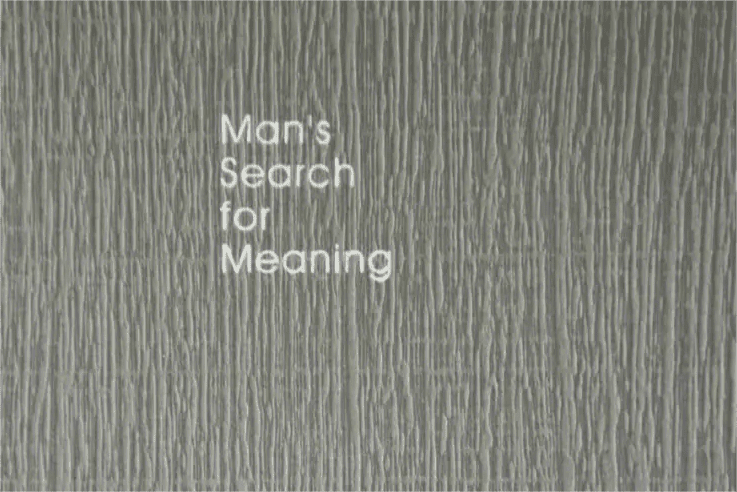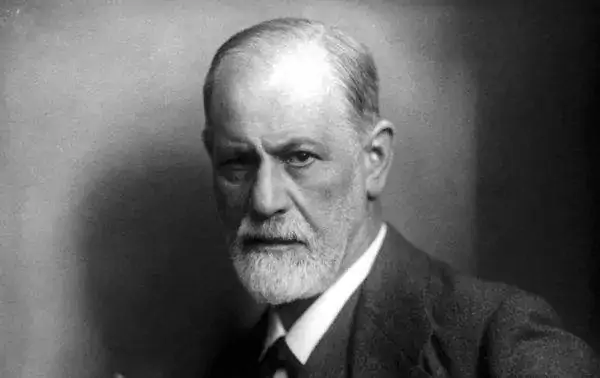I had always thought that writing was a “job” made out of nothing, and that almost all writers worked from memory. “Memory” is a very unreliable thing. Does it exist? How to prove it? It’s nothing. The author has come up with something. Fiction writing is proof of this. “Fiction”, is not “out of nothing”? As for what critics call “nonfiction,” it is only expedient. Virginia Woolf’s The Mark on the Wall is typical in this respect.
The Mark on the Wallis one of Woolf’s most famous novels, because it laid the foundation for her “stream of consciousness novel” writing. The stream of consciousness novel is one of the novel forms that construct the whole story with the divergence of consciousness. It can be traced back to Marcel Proust, Faulkner, etc. Woolf is also the initiator of this novel form.
In fact, it is very dangerous to frame a novel with “stream of consciousness novel”, which means labeling, drawing lines and blocking the autonomy of reading. Take The Mark on the Wall for example, how can its clever transformation and connection of “out of nothing” be condemned by the concept of “stream of consciousness novel”?
It seems that there is no story in the novel, but “I” see a “spot” and trigger a series of endless daydreams and speculation, just as the maxim of “One flower, one world” reveals, maybe “I” can think about the universe life through this “spot”, the things in the world and personal experience cross, always meet at an appropriate time.
“It was about the middle of January this year when I looked up and saw the mark on the wall for the first time.” It begins with the word “about.” Visible memories of the hazy and fuzzy. So “the first time I saw that spot on the wall” is also questionable. Is it the first time? Are they spots? It is this consideration that leads to the next series of “growths”, such as trees spreading their leaves and swaying in the wind.
“If this spot is the mark of a nail, it is not for an oil painting, but for a small portrait — a portrait of a lady with white powder in her curls, powder on her face, and lips like red carnation flowers.” This kind of thinking is very detailed, even judging the taste of the owner of the house, as well as the thought behind the artwork, but these are uncertain, so “I” again fell into the meditation of chance and mystery,
Suddenly, “I” remembered the “blob” again and had to make a judgment here that the human thirst for knowledge was as strong as ever. “It was probably caused by something dark and round, like a rose petal left over from the summer,” I speculated. “I want to be able to think quietly, quietly, undisturbed, without getting up from my chair at all, and to move easily from one thing to another, without feeling hostile or hindered. I wish to sink deeper and deeper, away from the surface, away from the hard individual facts on the surface.” “I” did, and now “I” thought of Shakespeare, the flowers of Charles I, the image of myself, the novelists of the future, and the Greeks and Shakespeare in general; Then I thought about the rules of the day, what were the real standards, and finally I came to my own conclusion: “The male opinion governs our lives, it sets the standards, it sets the Whitaker hierarchy…”
“I” consciousness is jumpy, alternating, and at the same time fragmented and disorganized. There are both fine fragments of memories, and all kinds of erratic impression, as well as their own scattered thinking, one “moment” flashed to another “moment”, the rapid speed and changing content, dizzying. It is indeed difficult for the reader to keep up with the fast speed of the narrator “me”, but nonetheless, it cannot be denied that the reader can experience the “intoxicating, illegal sense of freedom” of the narrator “me”, from the “important moment”, at the same time, can also experience a “satisfying sense of reality” and free ride.
The spots on the wall “grow” faster, and new images constantly appear.
“When you look at that spot on the wall in a certain light, it seems to stick out of the wall. … I feel that if I run my fingers along the wall, at one point I should feel a little undulating mound…” From this, the narrator, “I”, thinks of his own preference for sadness as that of most English people, of bones buried under the grass, of antiquarian collectors and correspondence with the nearby priest, and finally of the various utensils displayed in the museum. But what do these “findings” prove? “No, no, nothing has been proved, nothing has been found.”
I had to go back to the spot again, and I had to find out what it was. I imagined that if the spot was the nail end of a huge old nail that had been driven into the wall for two hundred years, and had only now been exposed to the paint by the patient wiping of generations of maids, what would be gained by doing so? Will knowledge be gained? So I began to think about knowledge. “There is no professor, no expert, no police-faced butler in this world, where one can divide the world with one’s thoughts, like a fish with its fins, skimming the stem of a lotus flower, hovering over a bird’s nest full of white seabird eggs… How peaceful it is to take root in the center of the world, and look up through the gray waters and their momentary flashes and reflections — if there were no Whittaker’s Almanac — if there were no pecking order!”
As we get deeper and deeper, what’s the reality? “I” soberly realized: “Who can argue with Whitaker’s pecking order? After the Archbishop of Canterbury is the Lord Chancellor, who in turn is the Archbishop of York. Everyone has to get in line behind someone, that’s Whitaker’s philosophy. The most important thing is to know who is behind who.”
“Don’t be annoyed by it, take comfort in it, says Nature; If you cannot be consoled, if you must destroy this hour of peace, think of the spot on the wall.” That’s the reality. And what else can “I” do but “think about the spots on the wall”?
In this case, the spot is not just a spot, but a sort of “refuge”, “a satisfying sense of reality” in the same way that the down-and-out can drown their sorrows. “Now the more I look at it, the more I feel like I’m holding onto a board in the middle of the sea.” “Here, it’s a concrete thing, it’s a real thing.” It can drive the archbishop and the Lord chancellor out of the narrator’s mind into a void. And we humans, waking up from a nightmare in the middle of the night, will hurriedly turn on the light, lie still for a while, admiring the wardrobe, admiring the physical object, admiring the reality, admiring the outside world. It can be seen that spots, as objects, as concrete things, as the outside world, can represent a sense of reality, bring comfort to people, calm people’s unpleasant thoughts. Then, the narrator goes from admiring the wardrobe to associating it with wood, and thinks that “wood is a pleasant thing worth thinking about”.
However, this happy association is soon interrupted by the “Great upheaval” : “Where am I thinking? How did you get there? A tree? A river? Hilly prairie land? The Whitaker almanac? A field full of daffodils? I can’t remember anything. Everything is turning, sinking, slipping away, disappearing… Things are in great turmoil.”
Why? And look at the ending of the novel:
“I’m going out to buy a newspaper.”
“Is it?
“But there’s no point in buying newspapers… There’s no news. Damn the war! To hell with this war! … But anyway, I don’t think we should have a snail sitting on the wall.”
Oh, the spot on the wall! It’s a snail.
There were no spots on the wall, only a snail. Therefore, the foundation of all these associations ceases to exist.
The story begins with nothing, the spot doesn’t exist in the first place, the Mark left by a nail, the dark circular object, a little undulating mound, the nail head of a huge old nail that has been driven into a wall for two hundred years, a satisfying sense of reality, etc., all of which are there. It grew out of the “blob”. At last, the blob on the wall turned out to be a snail. In this process, the author builds one room after another, connected by a series of doors, but the houses are made of sand, and soon the wind blows them apart.
Therein lies the charm of The Mark on the Wall, and therein lies the secret of writing.


